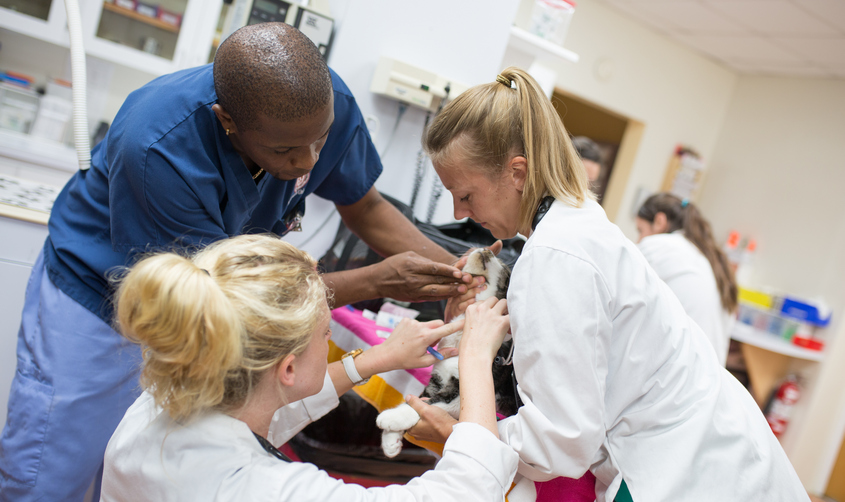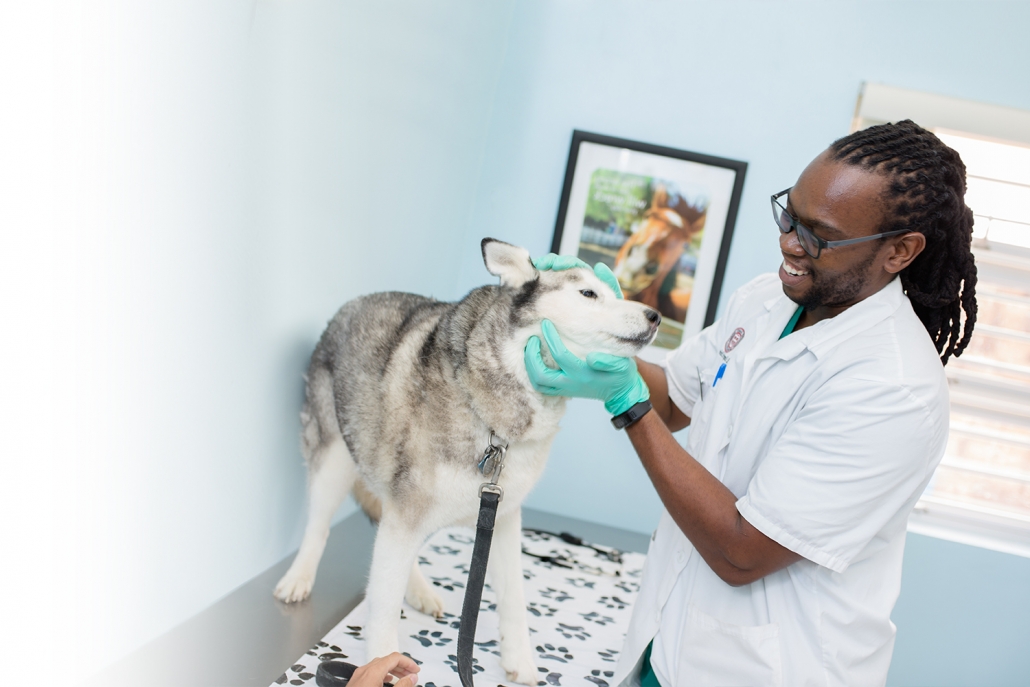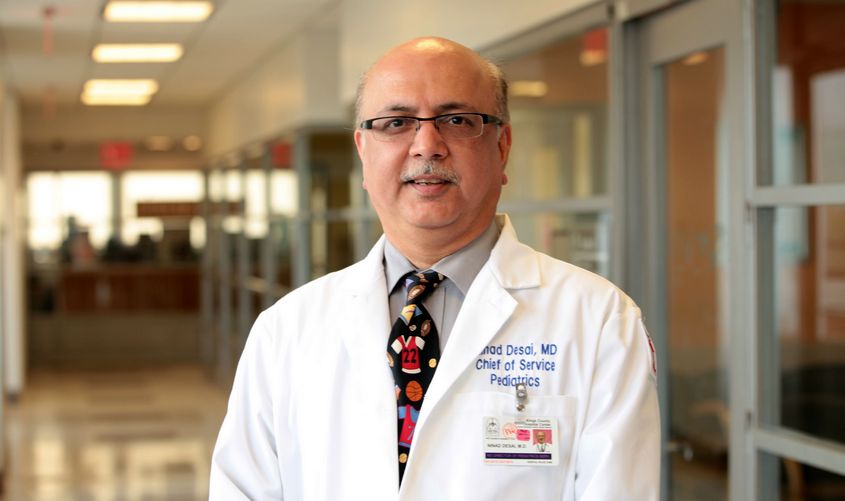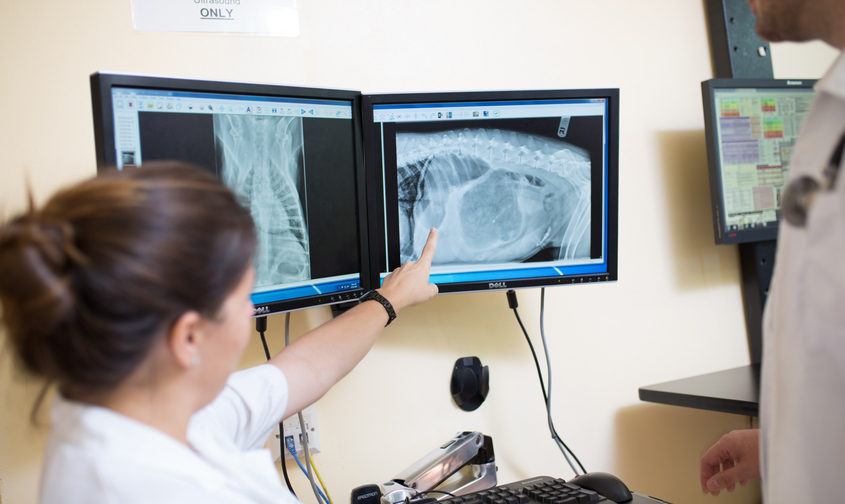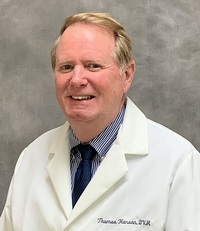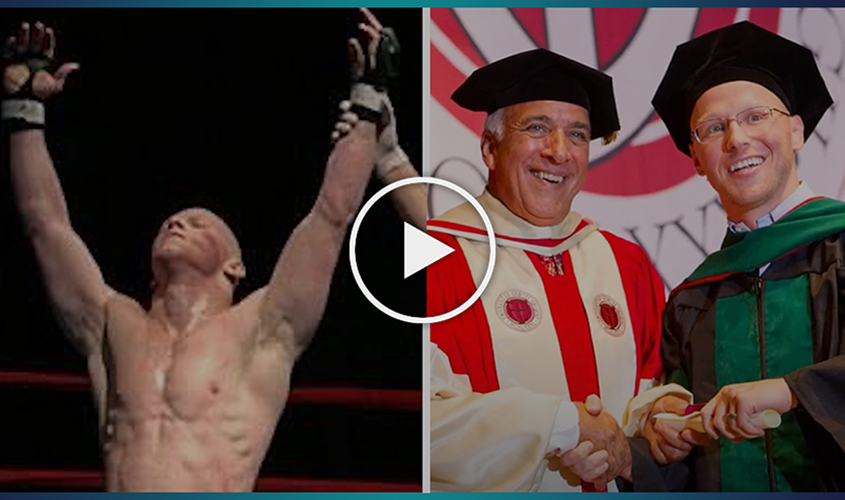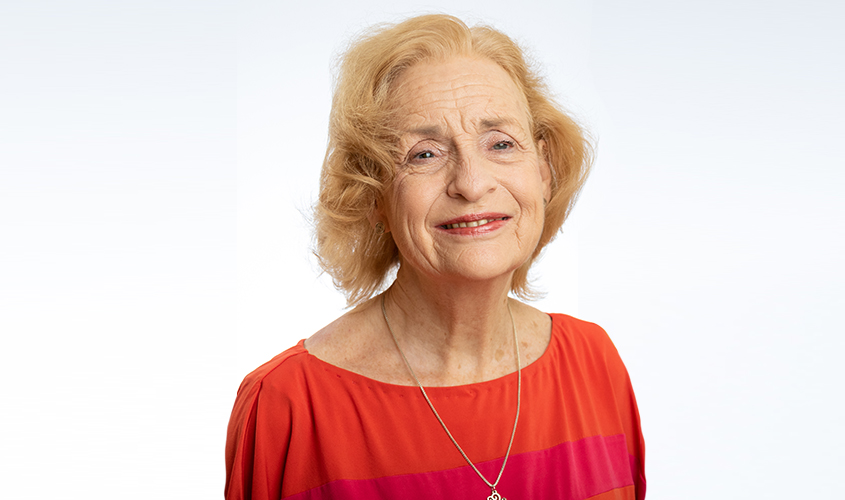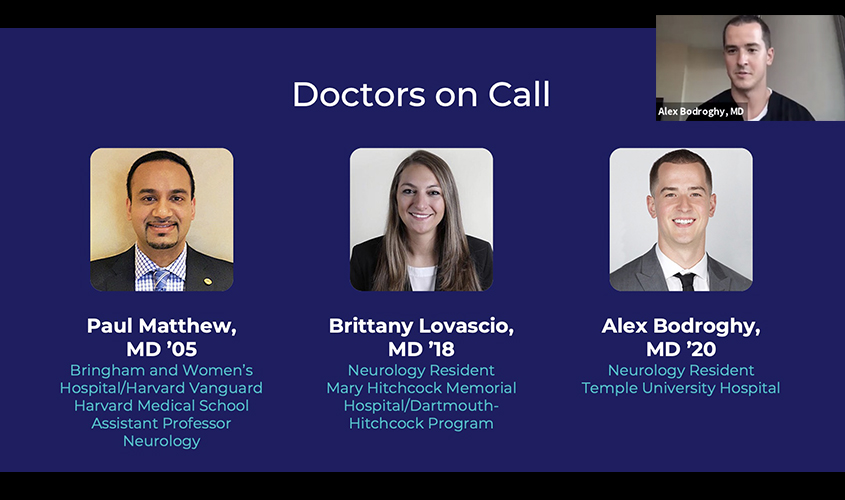The Laboratory Personnel Behind SGU’s COVID Testing Site
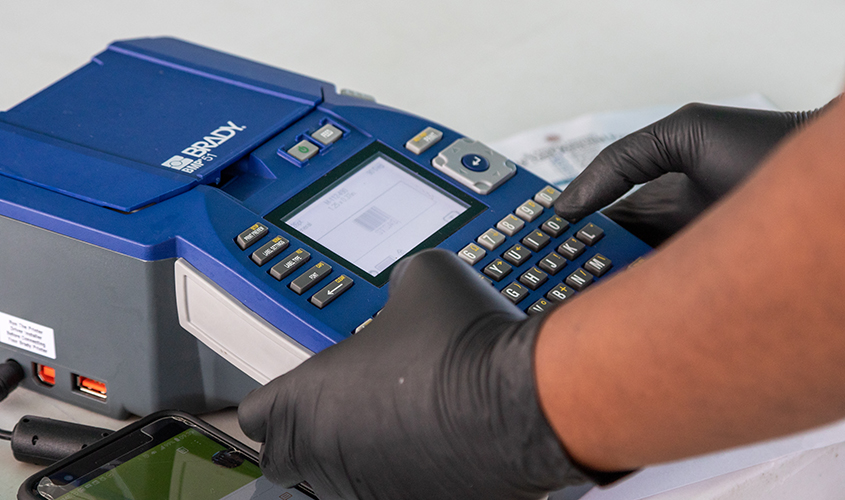
Even before the coronavirus disease (COVID-19) reached the shores of Grenada, St. George’s University’s School of Veterinary Medicine, together with the Government of Grenada and the Pan American Health Organization (PAHO), were prepared for it. With the proper equipment and a team led by two staff members—both SGU graduates—in the SVM’s molecular virology lab, the virus has had minimal impact on the island, with just 27 cases and zero deaths reported.
“We are grateful for all the individuals, volunteers, and organizations whose commitment to a common cause has helped minimize the effects of the virus in Grenada,” said Dr. Calum Macpherson, dean of the School Graduate Studies and SGU’s director of research. “It has been a complex operation, from the team of nurses and physicians that completed the nasopharyngeal swabs led by Dr. Kathy Yearwood, director of the University Health Services, to the School of Veterinary Medicine team led by Dean Neil Olson. They have done a tremendous job, navigating the university and the country through a very difficult time with a testing operation that was accessible, accurate, and efficient.”
SGU’s lab served as Grenada’s national testing site at the onset of the pandemic. The effort has been facilitated by a number of staff members. In particular, SGU graduates Trevor Noel, MPH ’03, PhD ’17, Bhumika Sharma, PhD ’20, Vanessa Matthew-Belmar, MSc ’16, have tested more than 2,000 St. George’s University students, faculty, and staff, over 1,200 members of the Grenadian community, as well as individuals arriving in Grenada via plane or cruise ship.
“In the beginning, we knew we had an equipped laboratory and the personnel with specific molecular biology training who could step in during this emergency to take on COVID testing,” said Dr. Melinda Wilkerson, chair of pathobiology in the SVM.
In addition to Dr. Sharma and Ms. Matthew, Dr. Wilkerson praised the efforts of Associate Dean of Research Dr. Sonia Cheetham-Brow, molecular virologist Dr. Mercedes Abeya, and faculty members Dr. Andy Alhassan and Mr. Dan Fitzpatrick, as well as the leadership provided by Drs. Macpherson, Olson, and Noel, the field research director for SGU and deputy director of the campus-based Windward Islands Research and Education Foundation (WINDREF) who was instrumental in coordinating with the Ministry of Health, Government Cabinet Ministers and the SGU testing team regarding sample collection, on-time delivery of samples to the lab, and the reporting of results and discussion with the Ministry of Health, Grenada Government Cabinet of Ministers and PAHO.
“We couldn’t be prouder of the professional work that our entire team has done in the face of a daunting challenge,” Dr. Olson said. “There has been plenty of uncertainty around the coronavirus, and the thorough diagnostic testing has provided not only answers but peace of mind for so many people in Grenada.”
In the early stages of the pandemic, Dr. Sharma and Ms. Matthew-Belmar extracted and processed 30-70 samples each day working up to eight hours, seven days a week, for three months. COVID testing required the use of similar techniques and materials, such as primers and probes, used for RNA extraction in a standard PCR test. Results were received within eight hours.
“To find out if COVID is present, we would exponentially amplify, using PCR, any virus gene sequences in the sample,” said Dr. Sharma, an instructor in the SVM’s Department of Pathobiology. “If the virus is there, the primers and probes would adhere to it and produce multiple copies of the RNA.”
Their work continued into the summer months and now into the fall, not only as an on-campus but in helping the Grenada Ministry of Health develop its own testing facility, training the new facility’s lab staff and troubleshooting initial qPCR testing. The campus-based site still operates as one of approximately 250 quality control labs around the world overseen by the World Health Organization (WHO). Results from SGU’s lab have been in 100 percent concordance with the expected test results from WHO.
“It gives me a sense of pride to give back to the country what I have learned,” said Ms. Matthew-Belmar, the head laboratory technician in the SVM. “I’m grateful for SGU, where I have learned many different testing techniques.”
“When there’s a pandemic, everyone has to come together, regardless of whether you’re working under medicine or are in the veterinary field,” Dr. Sharma added. “I feel so proud to be able to do something helpful for this community. It has been a great experience.”
– Brett Mauser
